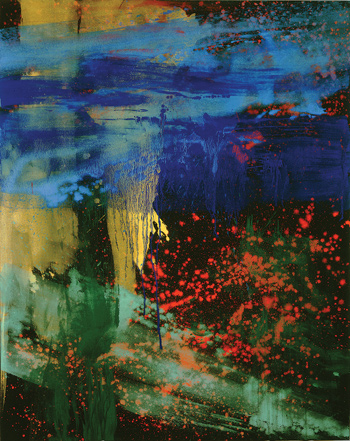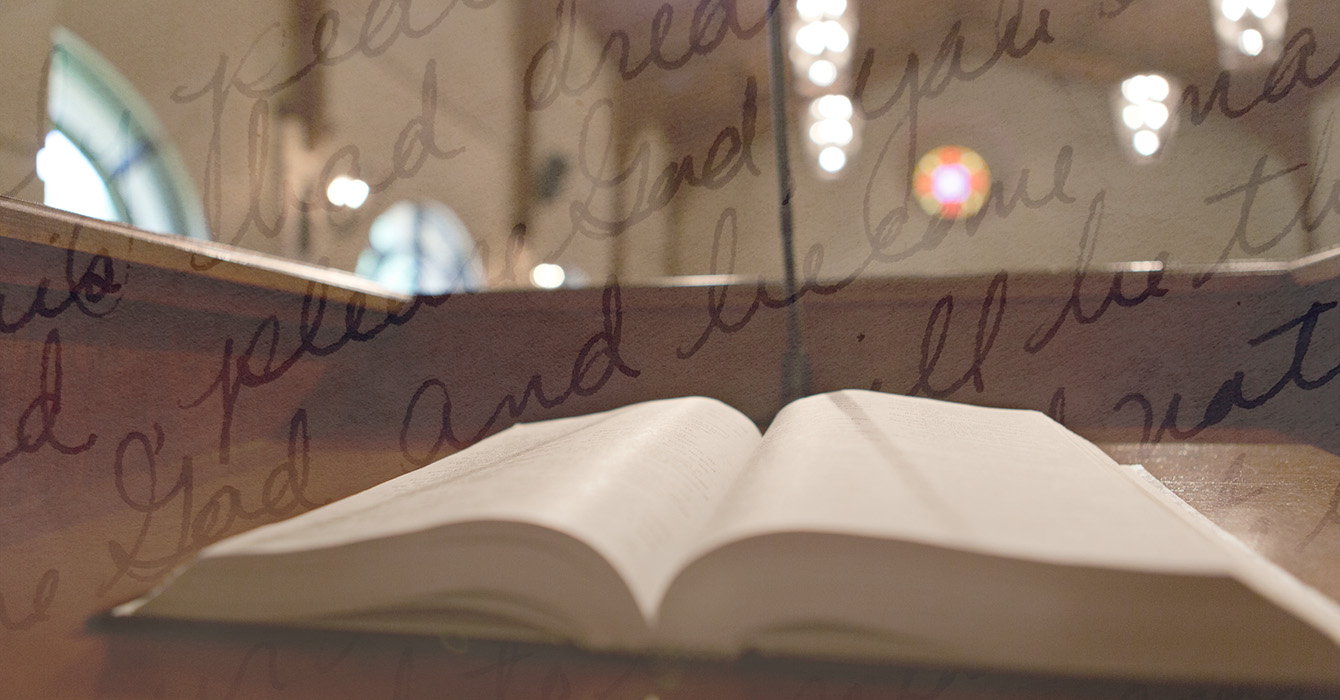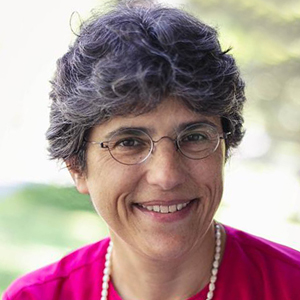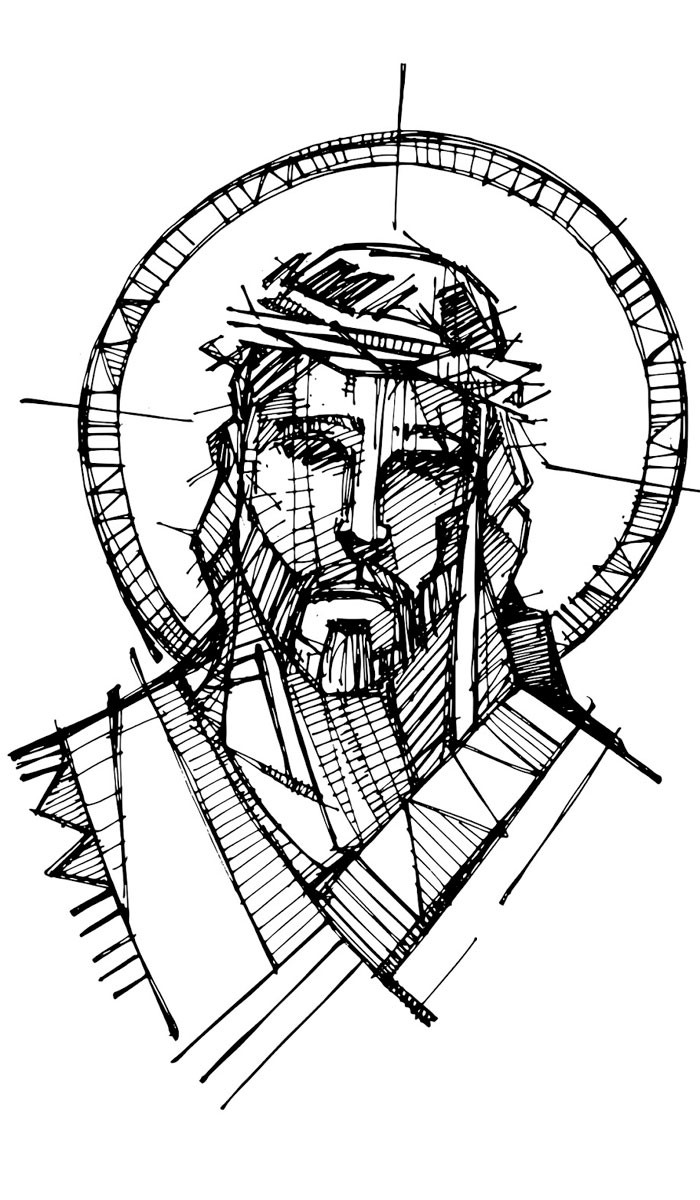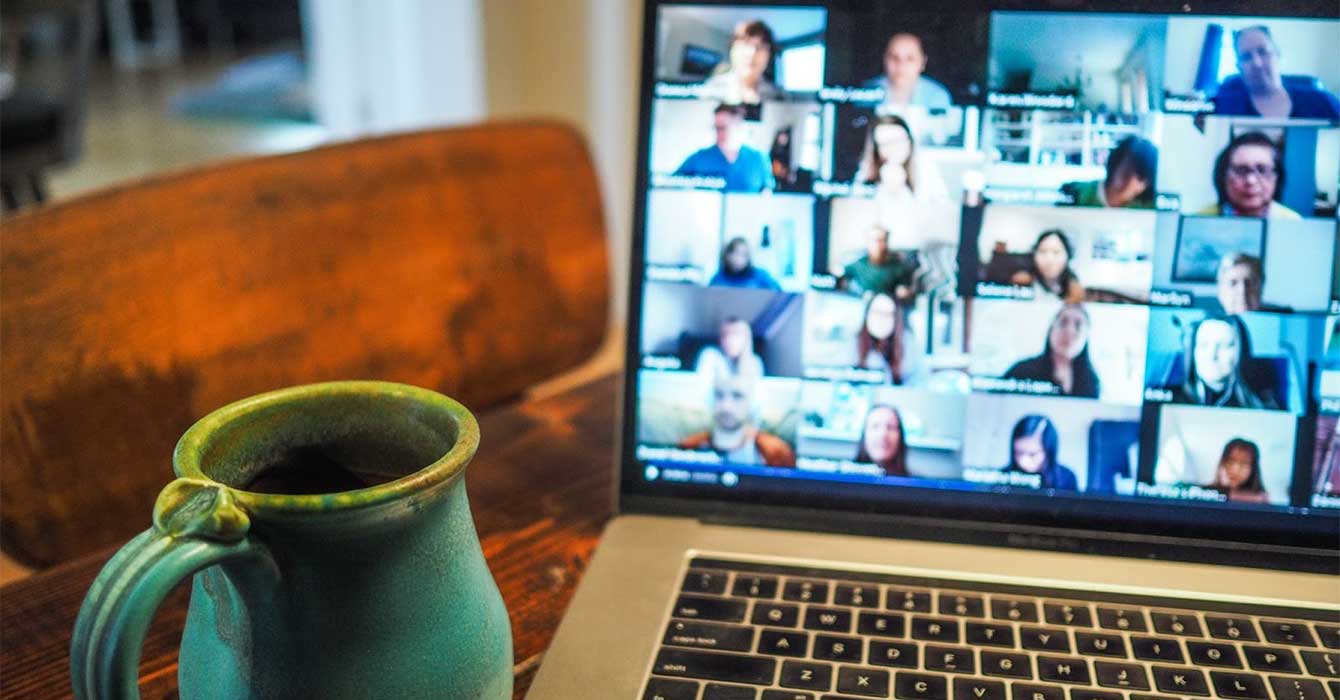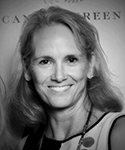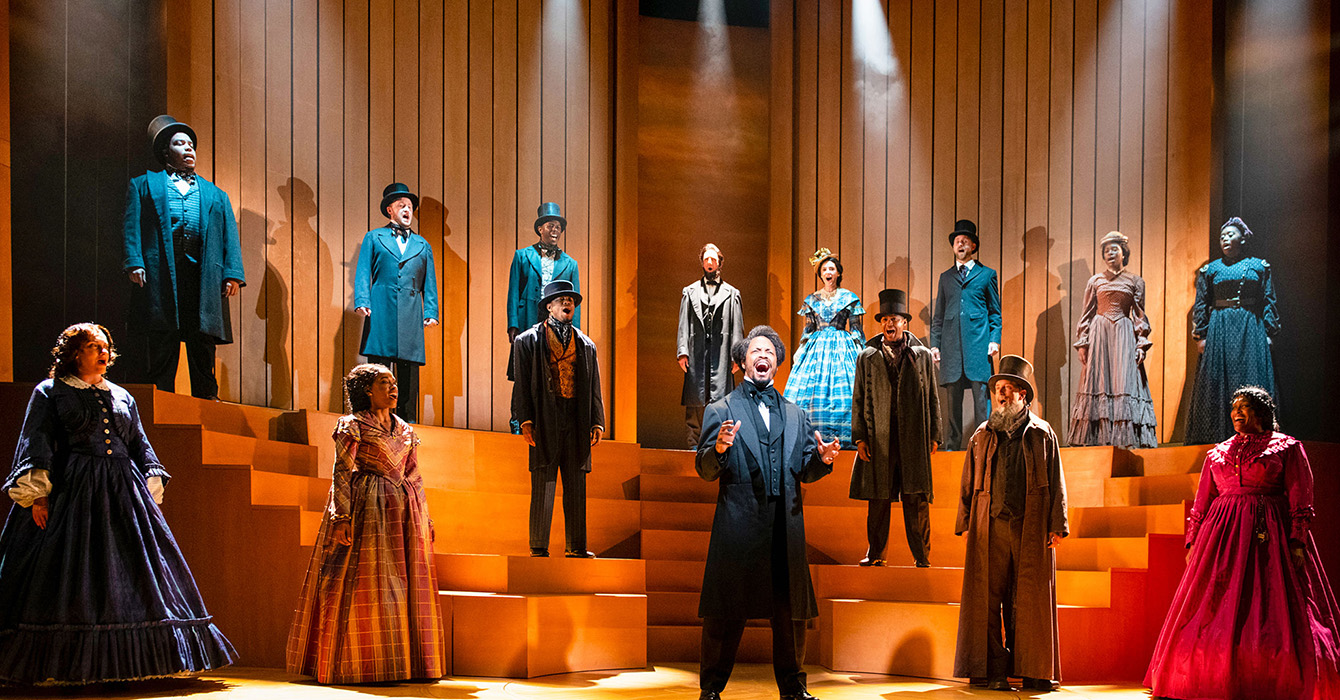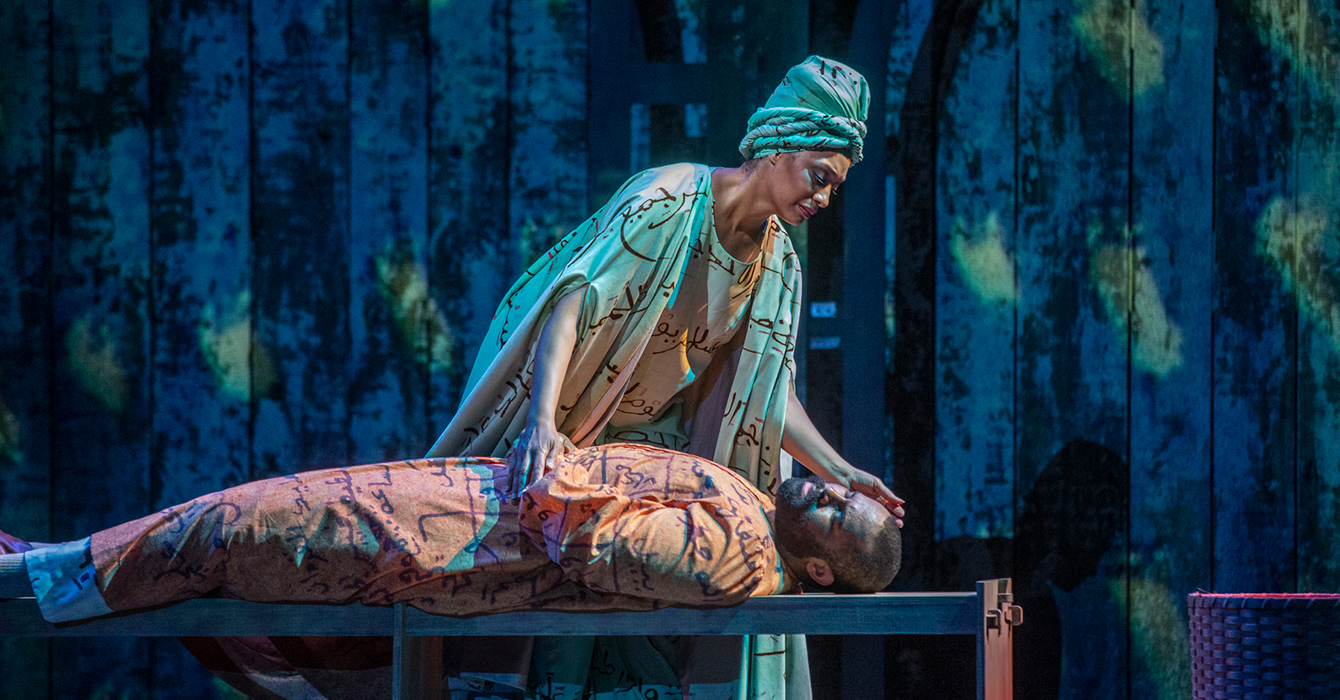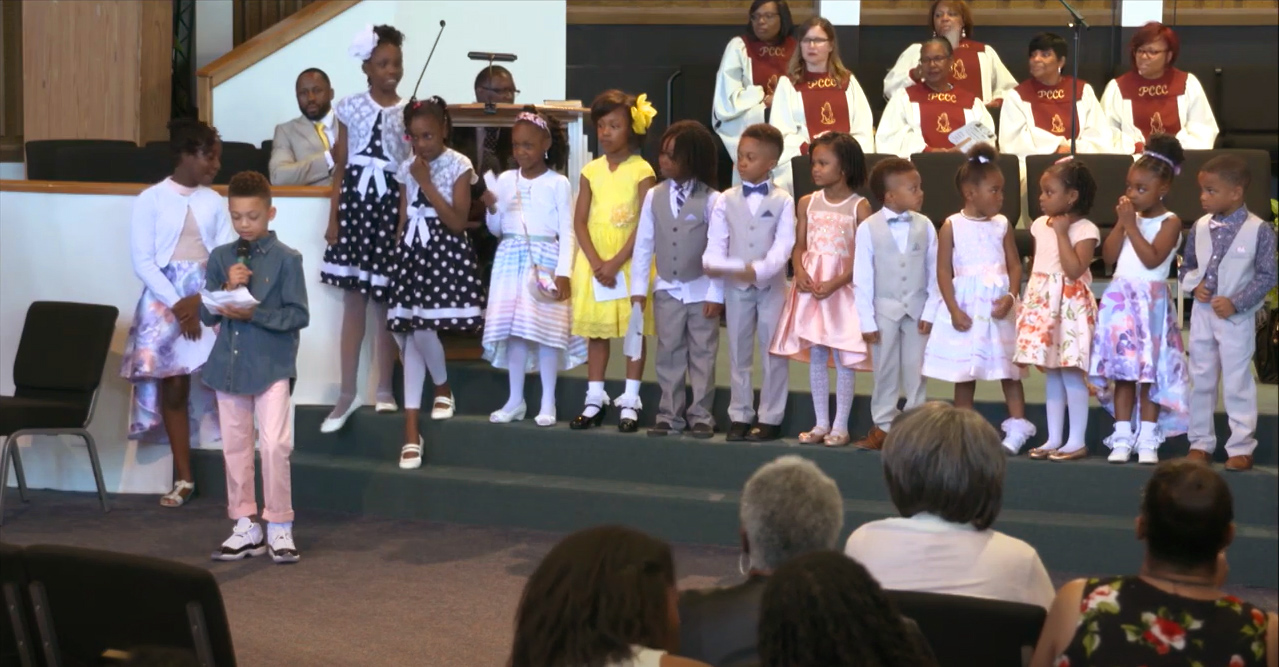People fill each pew as the Rev. Bill Carter takes his seat at the piano. As the man known for both his sermons and his music begins to play, members of his congregation tap their feet, clap their hands and snap their fingers. It’s time to worship God.
At First Presbyterian Church of Clarks Summit, Pennsylvania, jazz music empowers. It breaks through isolation, leads to reflection and encourages a spirit of community. For the last 23 years, Carter has organized a yearly jazz communion on the Sunday before Labor Day, bringing his jazz band, his congregation and visitors together.
Now the nationally recognized jazz ministry is expanding to offer four jazz vespers services in the next year as a way to explore the powers of music and healing.
“The arts can touch or even heal some of us,” Carter, 54, said. “There is joy and freedom in what we do. A jazz approach is going to say there is always more here than what is on the page, and maybe we haven’t found it yet.”
Like many churches, First Presbyterian has rich music offerings. But for many in the congregation, the jazz ministry holds particular power.
“I’ve always loved music in church,” said member Judy Cutler, who sings in the choir.
“When [Carter] first started playing jazz, I wasn’t really sure where he was going. But I find the services very uplifting. The music makes me feel closer to God, my faith and the people in my church.”
Jazz or Jesus
Carter’s parents signed him up as a young teenager for piano lessons. He didn’t immediately fall in love.
It wasn’t until he listened to ragtime music and was introduced by his grandmother to the music of jazz pianist Dave Brubeck that Carter’s feelings changed.
“Music went from something externally imposed to something internally driven,” he said.
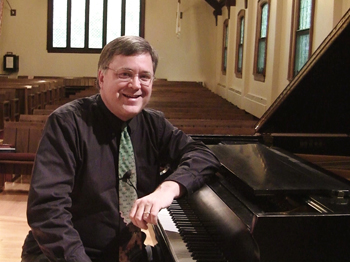
would be two separate parts of his life, but he has been
able to integrate the two.
He needed to make up credits, so his music professor gave him an independent study to compose big band arrangements. He played jazz gigs on Saturday nights and sat in a church pew on Sunday mornings.
Soon, he headed to Princeton Theological Seminary, his car packed with clothes and his electric piano. But the piano would be just for fun, he thought. His purpose was to work with and inspire faith within congregations -- not play music for them.
He thought he had to choose between jazz and Jesus. He soon learned he was wrong.
Forming the link
In 1990, Carter gave his candidating sermon at First Presbyterian. The church’s search committee had learned not only that Carter was an excellent teacher of the word of God but that he was an accomplished musician as well. At the end of the sermon, a man in the back row stood up and spoke.

So Carter sat down at the piano and played. He got the job.
As Carter settled in at First Presbyterian, he found a congregation that valued music, though that music was usually traditional. Then a couple of years into his post, the church organist announced to the music committee that she would be away the Sunday before Labor Day and could not find a substitute. She asked Carter if he would play -- and suggested that he “jazz it up.”
The church released a short event notice that garnered coverage from the local newspaper and television stations. Accompanied by a singer from the choir, Carter played the piano for the service. It was music like the church had never experienced.
“It went long, and no one cared,” he said. “When the thing was over, everyone asked if we could do it again.”
Within a year, Carter, together with the music professor who had given him his independent study, formed the group Presbybop Quartet. With Carter as pianist and his professor Al Hamme as saxophonist, along with a bassist and a drummer, the group explored the link between jazz and faith. Presbybop now plays regularly at First Presbyterian and has played at churches across the country.
A spiritual power
With the popularity of that first service, Carter began looking at jazz and faith in a new way. He started to think about church leadership through the lens of a musician. He felt energized. So did his congregation.
“All the arts have a spiritual power to them,” he said. “That can be used for good or can be used for destruction.”
He writes his own spiritual jazz and rewrites the music to traditional hymns. As he began to play jazz in church, he realized how much the music was reaching people. After people left church, they perhaps forgot the details of his sermons, but they did not forget how they felt when they heard the music.
The music became another tool to reach his congregation.

But more than that, he found that the communal form of jazz can lead to the sharing of passions and pain.
An artist creates a sculpture alone; a painter uses a brush in isolation. But jazz forms a community, where the Spirit’s presence can be felt, he said.
The “honest music” of jazz is made for the beauty of God. It gives people permission to be creative and gives them an opportunity to open up their souls, he said.
“It’s about spending time thinking about possibilities rather than about limitations,” he said.
Artistic gifts
As many churches in northeast Pennsylvania and across the country struggle with declining membership, the numbers remain steady at First Presbyterian. With 535 adult members, it is the largest Presbyterian church in the region.
Carter attributes that to more than just the music; First Presbyterian is a strong faith community that makes an impact outside its walls each day. But the jazz ministry often attracts people to the church and has encouraged members of the congregation to offer their own artistic gifts.
The church created a performing arts series and hosts concerts and art shows as a gift to the community. A local music school holds piano classes at the church. Creative gifts are from God, Carter said, and the arts events offer people a way to showcase their gifts and honor God in return.
“Artistic expressions really feed people’s souls,” he said. “We’re not about a showbiz approach to faith to bring in observers … but a Christian faith deep into needs, hurts and hearts.”
The church still has a music director and a traditional choir that sings traditional hymns. A teen choir and bell choir also perform, and jazz is not always a part of worship, but jazz services punctuate the church year.

services at First Presbyterian.
The first year of that service 15 years ago, some two dozen people attended. Now there are at least 150 people in the pews that night. A Mardi Gras jazz service is also well-attended.
The jazz music complements the church’s more traditional musical offerings and has become an integral part of the congregation, said Susan Kelly, the director of music.
“Jazz is something that can bring them in and speak to them in a way that is totally different from classical music,” she said. “The music itself -- there is so much improvisation in jazz. It really has to come from your soul. It’s a more personal experience.”
While the jazz ministry has become more popular at church, it’s also brought recognition to Presbybop.
In the last two decades, the group has performed at churches and festivals across the country. It has recorded a special for the local public broadcasting station and released nine albums and two DVDs -- one of which is called “Jazz Belongs in Church.”
Hamme, who plays the saxophone, said he appreciates seeing his former music student “grow up and be successful.” He also appreciates the impact their music has on the people who listen to it.
“I think it means different things to different folks,” Hamme said. “The people who follow us around like the way we sound. [Carter] is a very prolific preacher, and they like his descriptions of the jazz music. … Not only is he using music for worship; he’s introducing jazz to people.”
Exploration of healing
First Presbyterian now seeks to further explore the power of jazz by developing a liturgy of healing. The congregation was one of seven from across the country that was selected to attend the Yale Institute of Sacred Music’s 2014 Congregations Project Summer Seminar, where they began intensive work on the program.
The project, which includes four upcoming jazz vespers services, will look at issues of human pain and brokenness and the need for healing and forgiveness.
Jazz originated in experiences of brokenness and oppression, Carter said, and is the perfect kind of music to provoke reflection.
Many churches have jazz music, but what makes First Presbyterian unique is that the pastor is in charge of it, said Glen Segger, the coordinator of the Congregations Project at the Yale Institute.
“The program itself is quite astonishing,” he said. “Jazz is another expression. It’s just another way we can encounter God.”
A welcoming church
Members of the church say the jazz music brings energy to both the services and the congregation.
Brian Schillinger, a 28-year member of the church, said the music “livens things up” and provides a different perspective on what pastors or ministers do. Carter’s music helps make people feel welcome, Schillinger said.
“It demonstrates to the people coming in that it’s a place that is open,” he said.
Jazz does not replace sermons but instead helps worshippers take a different approach to church, said Chris Norton, who sat on the church’s search committee when Carter was chosen.
“It’s a fun, uplifting, different kind of worship,” he said.
The music has also brought attention to the church and has encouraged new visitors to become members.
“It’s made us more visible to the community,” Cutler, the choir member, said. “We’re not just doing the same old things over and over. I think it opens up the possibility that church isn’t just dry and someone who stands on the pulpit and speaks.”
Finding your calling
At last month’s jazz communion, members of Presbybop and guest musicians performed music by both Carter and Horace Silver, the legendary pianist and composer. About 200 people attended the communion, which served as the weekly Sunday service.

Before the children went to their own worship, Carter invited them to the front, where the musicians talked with them about how they first fell in love with playing. The children then sat in the front while the group played Silver’s “The Preacher.”
Presbybop played two songs for the service’s postlude: “Brent’s Beadle” by Carter and “Filthy McNasty” by Silver. As the musicians took a final bow, the congregation gave them a standing ovation.
During his sermon, Carter had preached about Moses and the burning bush.
“There are burning bushes all along your path, and no shortage of invitations to offer to the world what God has specifically given to you,” he had said. “As you reflect on your life and the work of it, … pay attention to what you were called to do.”
For Carter, that is playing music and leading his church in worship, whether it’s through sermons or prayer or jazz.
Questions to consider
Questions to consider:
- What is the role of music in your church’s worship service? How might it be re-imagined?
- How is jazz uniquely situated to prompt reflection on the Christian message? What other art forms present similar possibilities?
- Carter weaves Jesus and jazz with passion and skill. How might Christian leaders inspire others to weave together unique faith practices in the same way?
- Beyond increased attendance, what can attention to the creative arts bring to a church?


